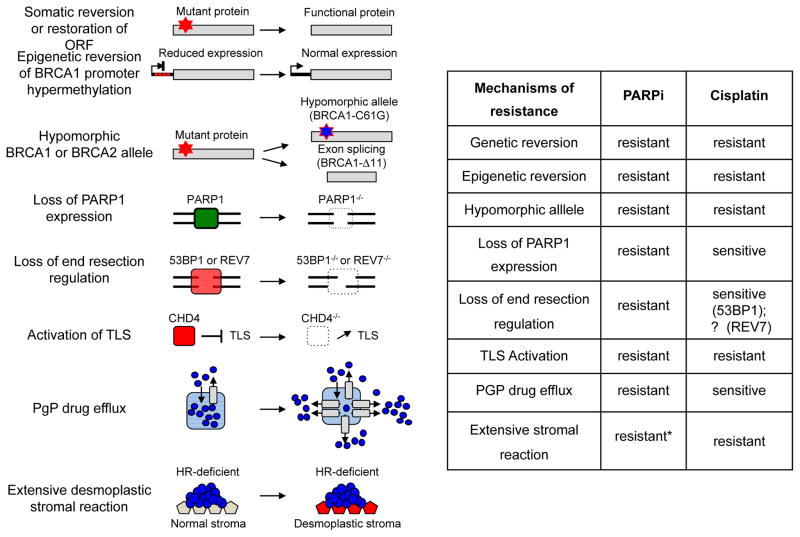Figure 4. Mechanisms of PARPi resistance in HR deficient cells.
Known mechanisms conferring PARPi resistance in tumors cells and cross-resistance to cisplatin are indicated. An acquired genetic reversion of the original truncating mutations restores functional protein expression inducing PARPi resistance. Alternatively, acquired epigenetic reversion of BRCA1 promoter hypermethylation can restore normal BRCA1 protein expression levels conferring PARPi resistance. Hypomorphic alleles, such as BRCA1-C61G or BRCA1-Δ11, are unable to prevent tumor development but confer resistance to PARPi. Tumor cells may also become PARPi resistant through loss of PARP1 expression. Rescue of DNA end-resection in BRCA1-deficient tumors through loss of 53BP1 or REV7, increases HR capacity and confers resistance to PARPi. Loss of CHD4, a negative regulator of translesion synthesis (TLS), enhances DNA damage tolerance and induces PARPi resistance. Increased in P-glycoprotein (PGP)–mediated efflux, notably through ABCB1 upregulation (via fusion with SLC25A40) reduces intracellular PARPi concentrations inducing resistance. Desmoplastic stromal reaction is associated with reduced drug uptake conferring chemoresistance. (*: Although this mechanism has been described for cisplatin it might also apply for PARPi).

